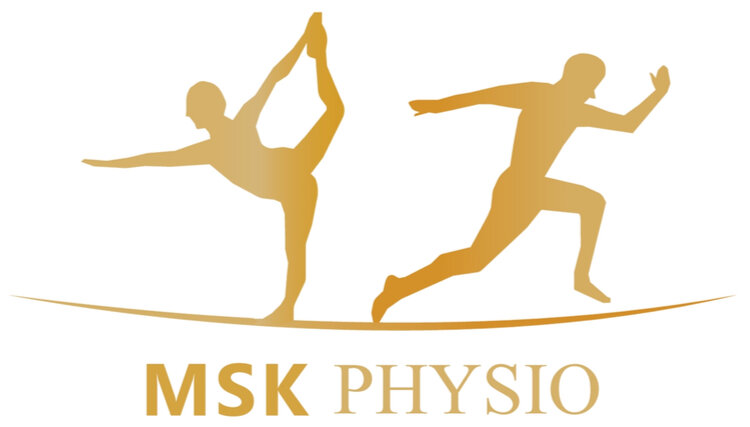Frozen Shoulder: Overview & Treatment - Improving Range of Movement, Pain & Function
Overview
Frozen shoulder (also be known as adhesive capsulitis) is a shoulder condition, which presents with stiffness, pain and loss of shoulder function.
Signs of frozen shoulder usually begin gradually as the symptoms usually worsen over a period of time. Symptoms tend to resolve within months and can last up to three years. Therefore it is important to seek and receive treatment by a professional as soon as possible to avoid symptoms becoming worse and lingering for prolonged periods. Treatments such as range of movement exercises, strengthening and mobility rehabilitation have been researched and suggested to help with reducing pain and increasing movement. Other treatments may include: Corticosteroid and numbing medications injected into the shoulder joint capsule. Further treatment such as surgery may also be indicated to loosen the shoulder joint capsule if required following a trial of physiotherapy treatment.
Stages of Frozen Shoulder
Freezing Stage – Moving the shoulder becomes painful and restriction in shoulder range of movement is noted.
Frozen Stage – Decreased pain can be noted however movement becomes more difficult as the joint is stiffer and overall function is limited.
Thawing Stage – The pain levels and overall range of movement at the shoulder joint begin to improve.
Potential Causes
The exact causes of how a frozen shoulder is caused are not fully understood. However medical research suggests a few factors (below), which may put individuals more at risk at developing this condition.
Diabetes – Frozen shoulder is known to be more common with people who have diabetes. The exact reason for this is not known and people with diabetes usually have more stiffness, which may continue for prolonged periods of time before the symptoms become eased.
Other medical conditions – there are a number of medical conditions which are also associated with frozen shoulder. These can include: Hyperthyroidism, Hypothyroidism, Cardiac diseases, Stroke and Parkinson’s disease.
Age & Gender - Frozen shoulder is more common in women than men and usually between the ages of 40 and 60.
Immobilisation – A common cause of frozen shoulder is known to be following a period of immobilisation following a recent surgery/operation, fracture or traumatic incident. Following surgery and fracture healing it is vital that clients mobilise their shoulders and neck in order to avoid complications in the future.
Assessment & Diagnosis
In order to diagnose a frozen shoulder a specialist will conduct a full subjective and objective examination which includes physical testing of the shoulder joint. The shoulder joint will be tested identifying the range of movement available and which movements cause pain and restriction. Active tests include the client moving the shoulder on their own and passive tests are performed when the specialist moves the shoulder - noting the differences. A physical examination is often enough to diagnose a frozen shoulder however a specialist might request imaging such as X-Rays, Ultrasound or an MRI to rule out other conditions such as arthritis or rotator cuff injuries which can also present with discomfort and reduced function.
Treatment (Non-Surgical)
Frozen shoulder symptoms (pain, stiffness and decreased range of movement) tend to improve over time, however these symptoms can take up to three years to settle. The main focus of treatment for frozen shoulder is to control pain intensity and frequency, and restore function and movement throughout stretching, mobility and strengthening exercises.
Physiotherapy is one of the most common referral pathways for clients with frozen shoulder as exercise rehabilitation and gentle hands on treatment can be performed to relive pain and improve function. Exercises can include range of movement and stretching followed by gentle strengthening as symptoms allow.



